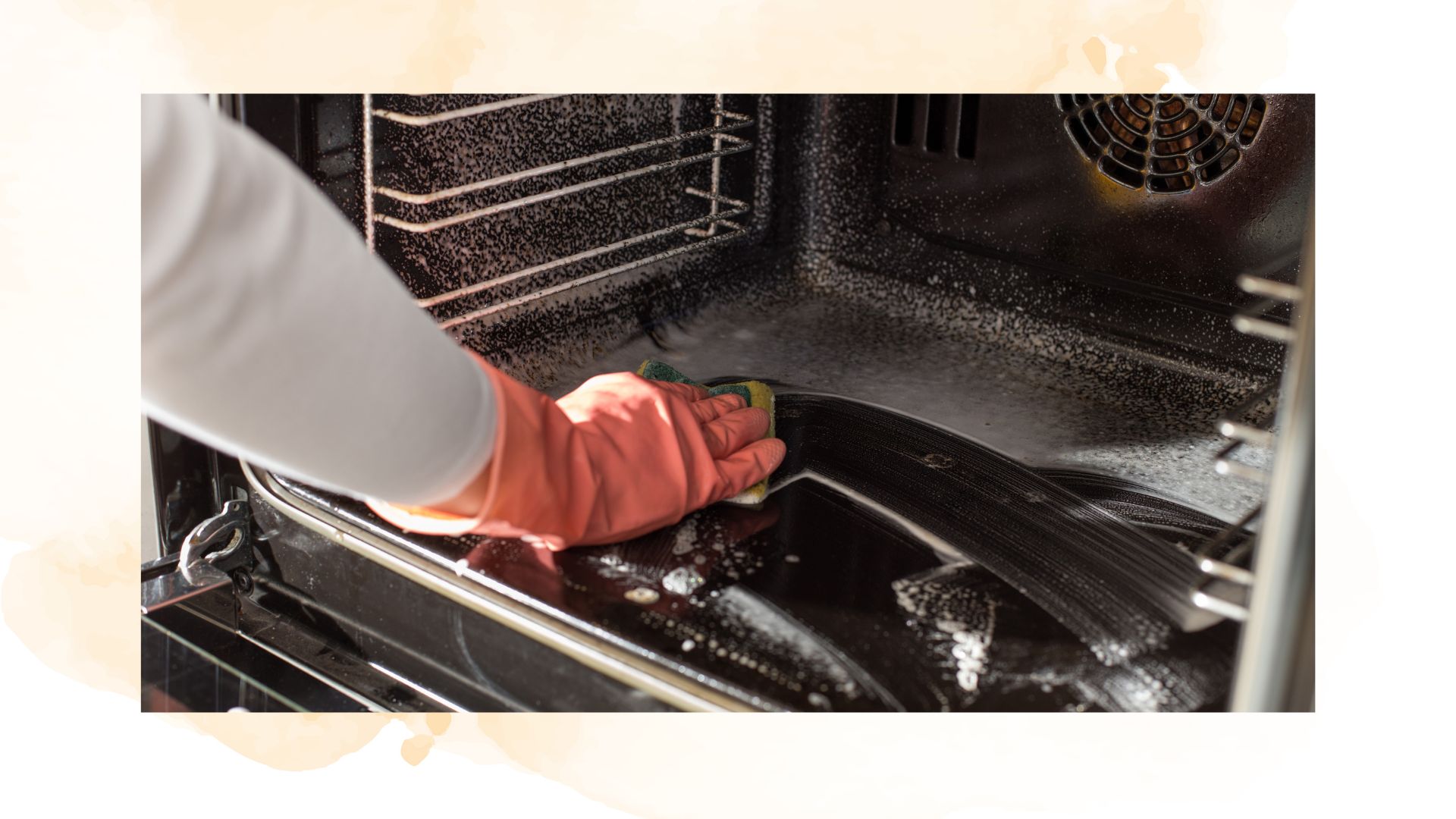
Cleaning your oven might seem like a nightmare task and one that takes more elbow grease than you'd like, but it's important you keep up with it and can be made easier with expert help.
Cleaning the oven should become a regular part of everyone's kitchen cleaning routine, no matter how much we dread the thought of it. Not only is a dirty oven a pretty unpleasant sight to see but the fumes and flavours from all of the burnt-on food can seep off into whatever you’re cooking.
Like with other kitchen tasks – such as learning how to descale a kettle and how to clean a microwave – it's advised by professional cleaners that we clean our ovens every month, to avoid creating stubborn build-up. But if it's been a little bit longer than that since you last cleaned yours, don't panic. There are plenty of easy methods, using household essentials that you probably have in your cupboard, to help get your oven sparkling and shiny once more.
How to clean an oven in 6 simple steps
Not cleaning an oven regularly allows food and grease to build up over time, so it's important to keep it properly cleaned for more enjoyable meal times - if nothing else. Here are several effective oven-cleaning hacks you can use to do the job with relative ease, ranging from self-cleaning to natural, DIY methods including cleaning an oven with baking soda.
Here's what you'll need:
- Microfibre cloths
- Oven cleaner
- Gloves
- Scrubbing brush or sponge
- Baking soda (optional)
- White vinegar (optional)
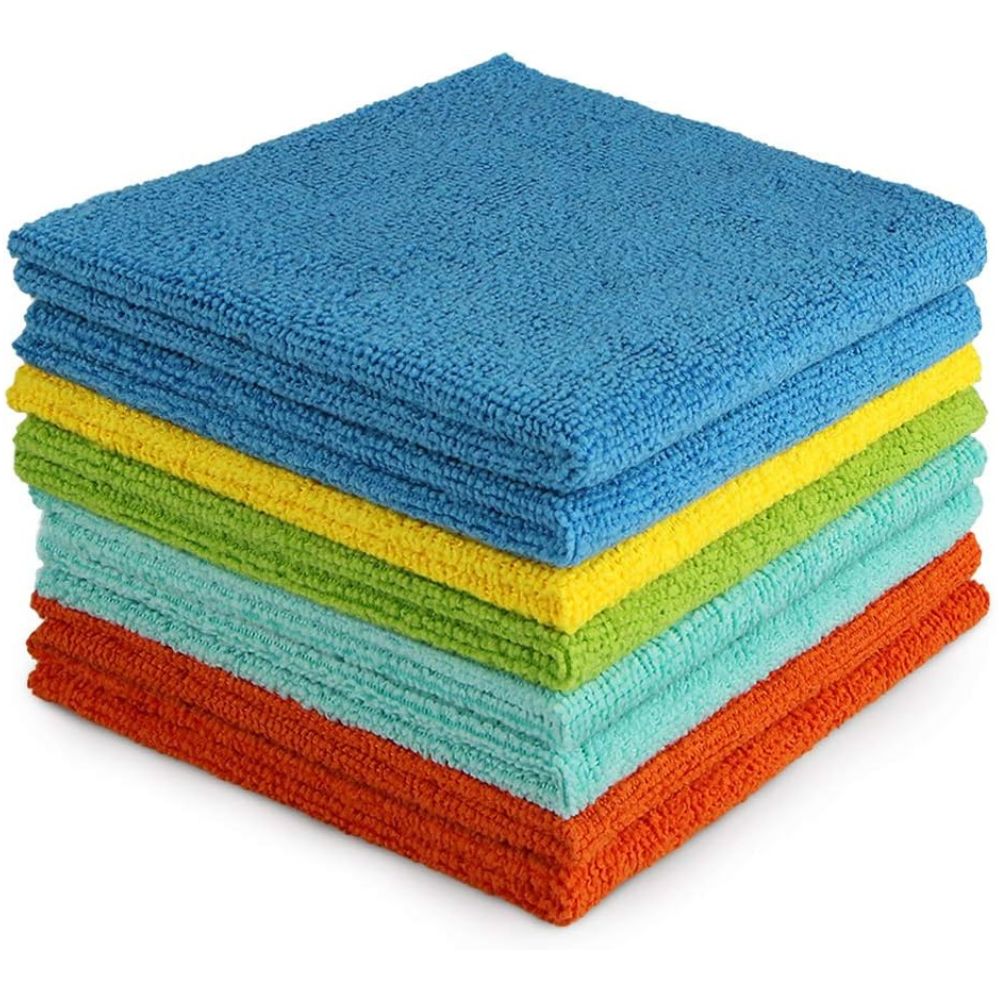
RRP: £4.59 for a pack of 8 | This is a product every cleaner should have in their home, especially when it comes to big cleaning jobs. This eight-pack will make any task that much easier and more efficient.
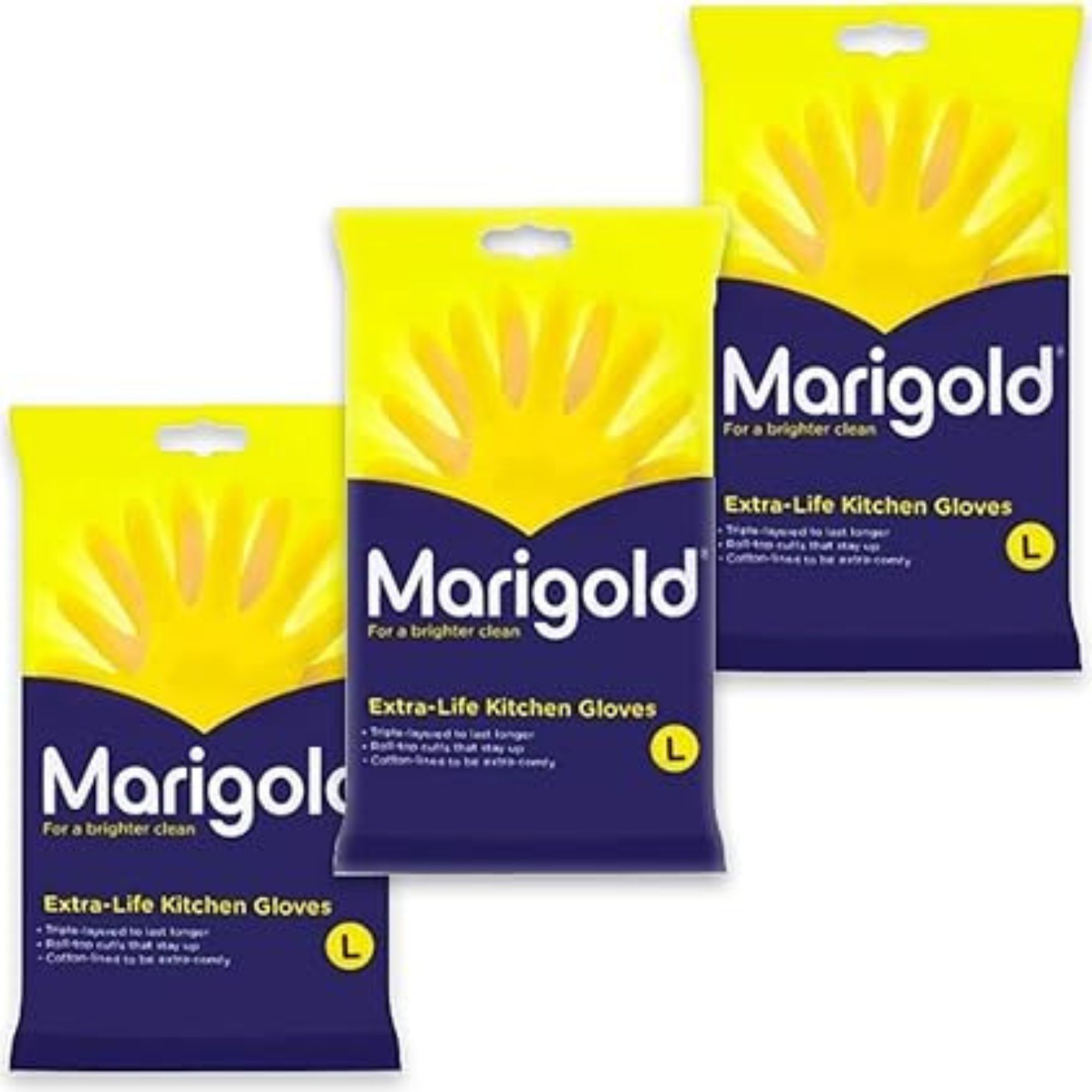
RRP: £8.10 | Having more than one pair of rubber gloves at your disposal is always a good idea. Especially when you're working with strong chemicals like those in oven cleaners, it's better to be safe than sorry.
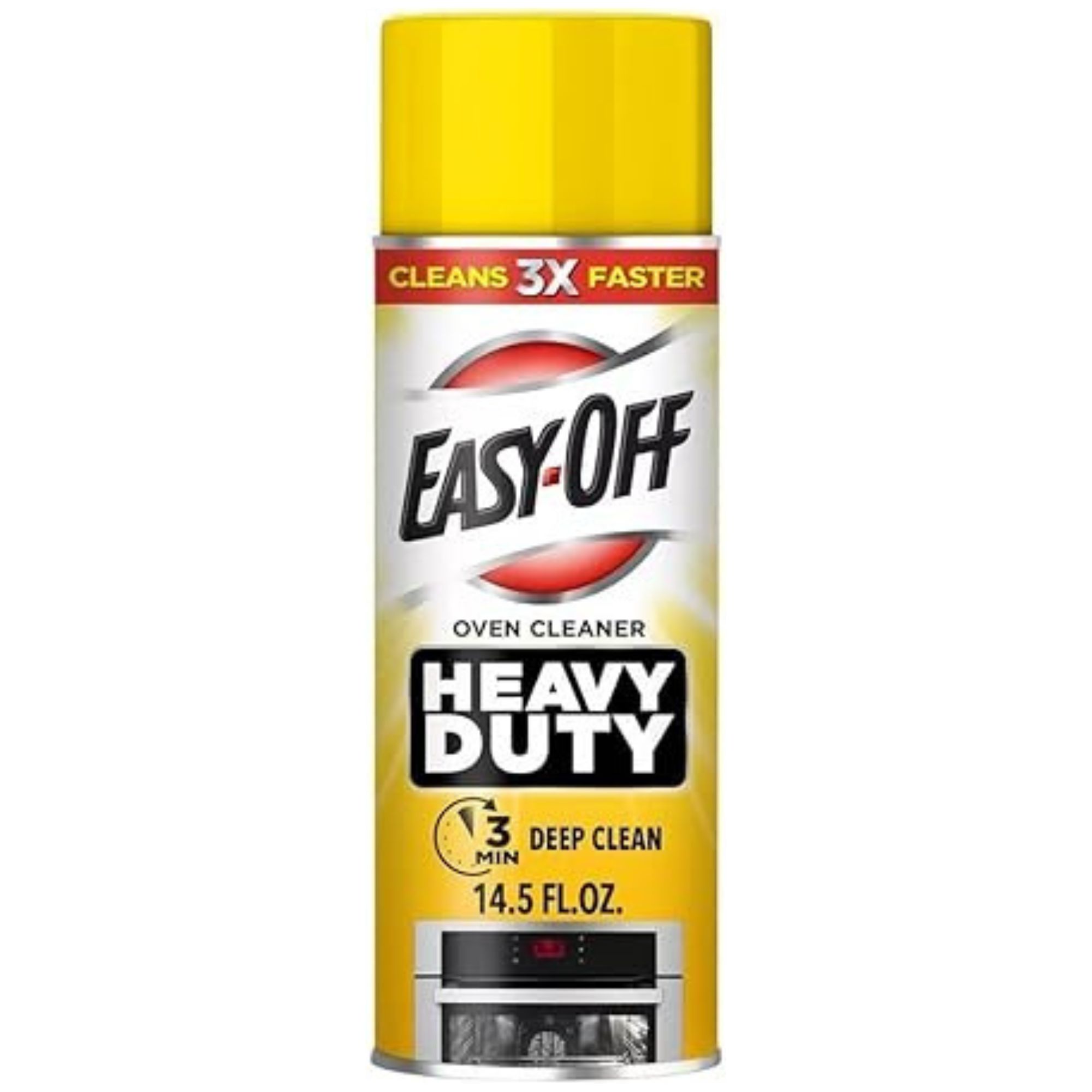
RRP: £12.05 | As one of the highest rated oven cleaners this sprayable cleaner works fast and is heavy duty. Thanks to it's quick action you can use this more regularly without having to sacrifice hours to the task. It's also odourless which is perfect for cleaning areas you cook in.
1. Switch off and empty the inside
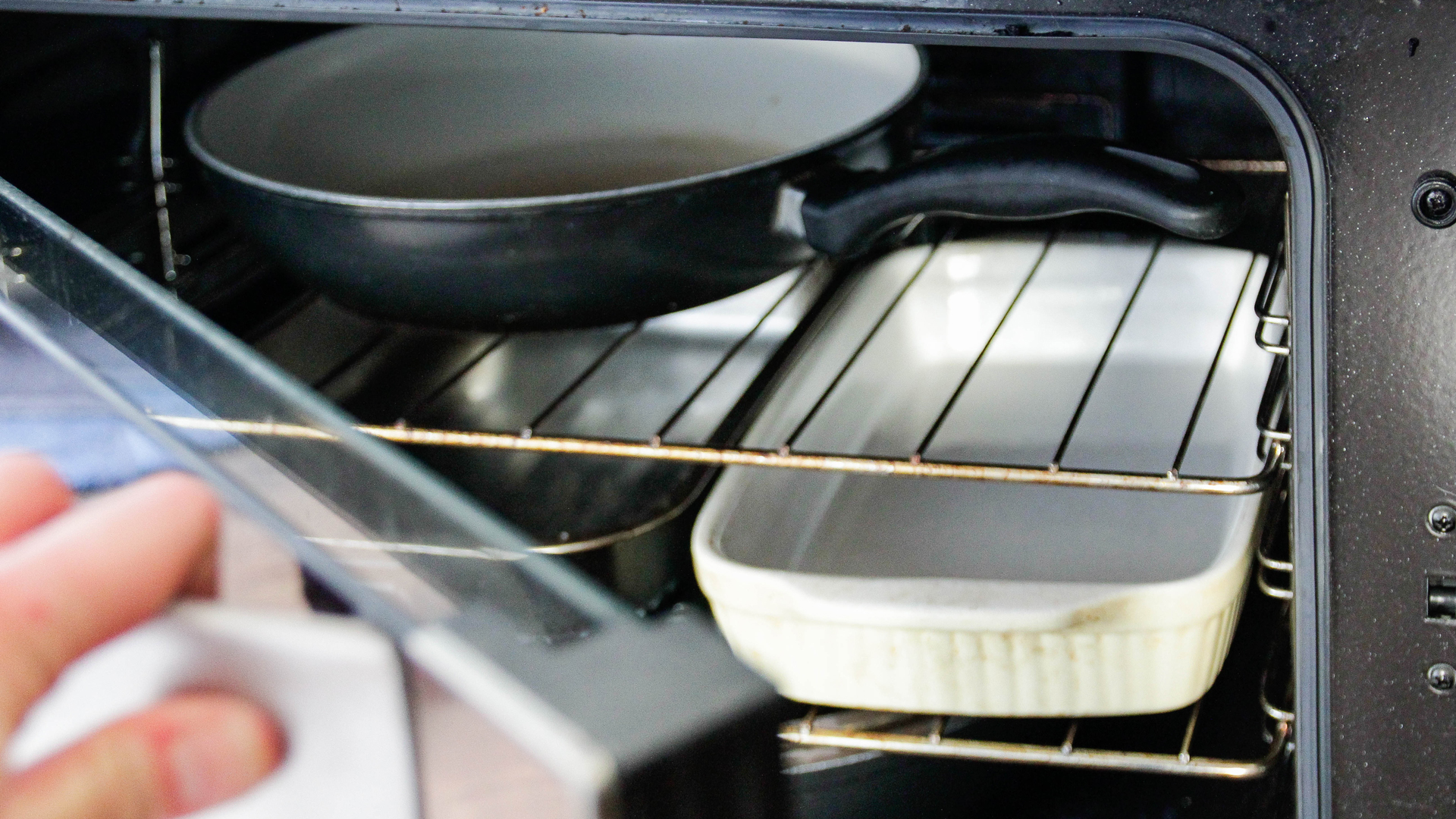
Whichever cleaning method you choose, the first steps are to switch off the oven and remove everything from the inside to ensure you can easily reach every corner and surface.
Remove the baking sheets, pans, and each of the oven racks. Put everything to one side, to be cleaned separately then put back into place once the inside of the oven has been deep cleaned. You'll need to clean the oven racks separately before placing them back in of course.
"Start the cleaning with a cool, empty oven," advises Yordan Yordanov professional oven cleaner for Fantastic Services. "Many guides advise heating the oven before cleaning it, but it’s dangerous because you can easily burn yourself. Ensure the oven is completely cool and turn it off from the socket before cleaning it. Remove all possible elements from the oven walls, floor, and roof."
2. Wipe and remove food remains
Using a damp cleaning cloth, give the inside of your empty oven a quick wipe around to remove any food debris and crumbs that may have accumulated on the floor of the oven or be clinging to the sides. Wiping away spills and crumbs can be added to your daily habits to keep your home clean and tidy as it will make this less regular clean much easier when it comes around.
Removing these small traces of food particles first will allow you to see what remains cooked on and in need of a more thorough method of cleaning.
Simply brush these crumbs and food bits out of the oven and dispose of them straight into the bin. Avoid using a soaking wet cloth as this will break down the food traces and end up making more of a mess.
3. Pre-clean with the self-clean function
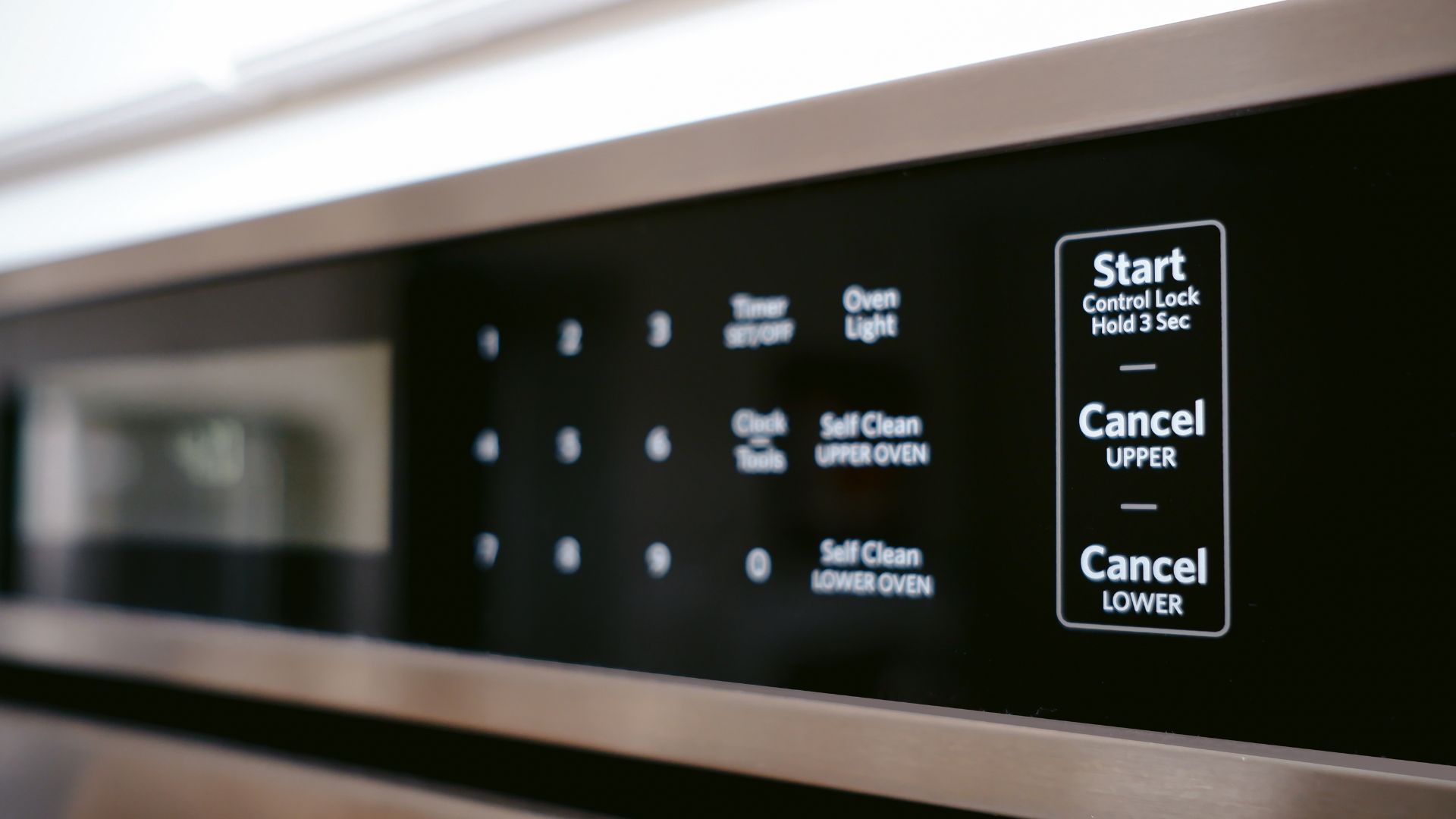
Most modern ovens come with a ‘self-clean’ function – a button you can press that essentially cleans the oven for you. Check your user manual to see if your oven has this handy function.
One of the things you should know before buying a self-cleaning oven is that they use steam or extremely high heat to loosen burnt-on food residue, so you can easily wipe it away, making it a great option for ovens that aren't caked in dirt.
However, Yordon warns, "Don’t only use the self-cleaning option. The self-cleaning cycle burns all the grease and dirt inside the oven at around 500°C and while this setting works excellently on moderate amounts of dirt, it’s not as efficient with big messes."
"And you still have to wipe the ashes left after that. If you leave the build-up in there, it will start smoking. Also, the self-cleaning cycle doesn’t clean the oven door and the hidden panels on the back." So it's not ideal for a thorough deep-clean on dirtier ovens.
4. Use an oven cleaner to clean inside
Traditional oven cleaner sprays are a great option for cleaning your oven, especially if you have a lot of cooked-on debris to clean out of it. The best oven cleaners today contain fewer toxic chemicals and are easier to apply, making it a less arduous task to soften grime and wipe it away in no time.
Here's how to use an oven cleaner:
- Put on gloves and grab your oven cleaner, as well as something to apply it with if it doesn't come in a spray bottle. Some oven cleaners are cream-based, for example.
- Typically, you need to apply the cleaner and let it sit for a little while (according to the directions on the bottle), but usually no more than an hour.
- Apply it to each section of the oven – the floor, the inside door, walls.
- Then wipe away the build-up with a damp rag. This will be by far the fastest way to get rid of it. Repeat until sparkling.
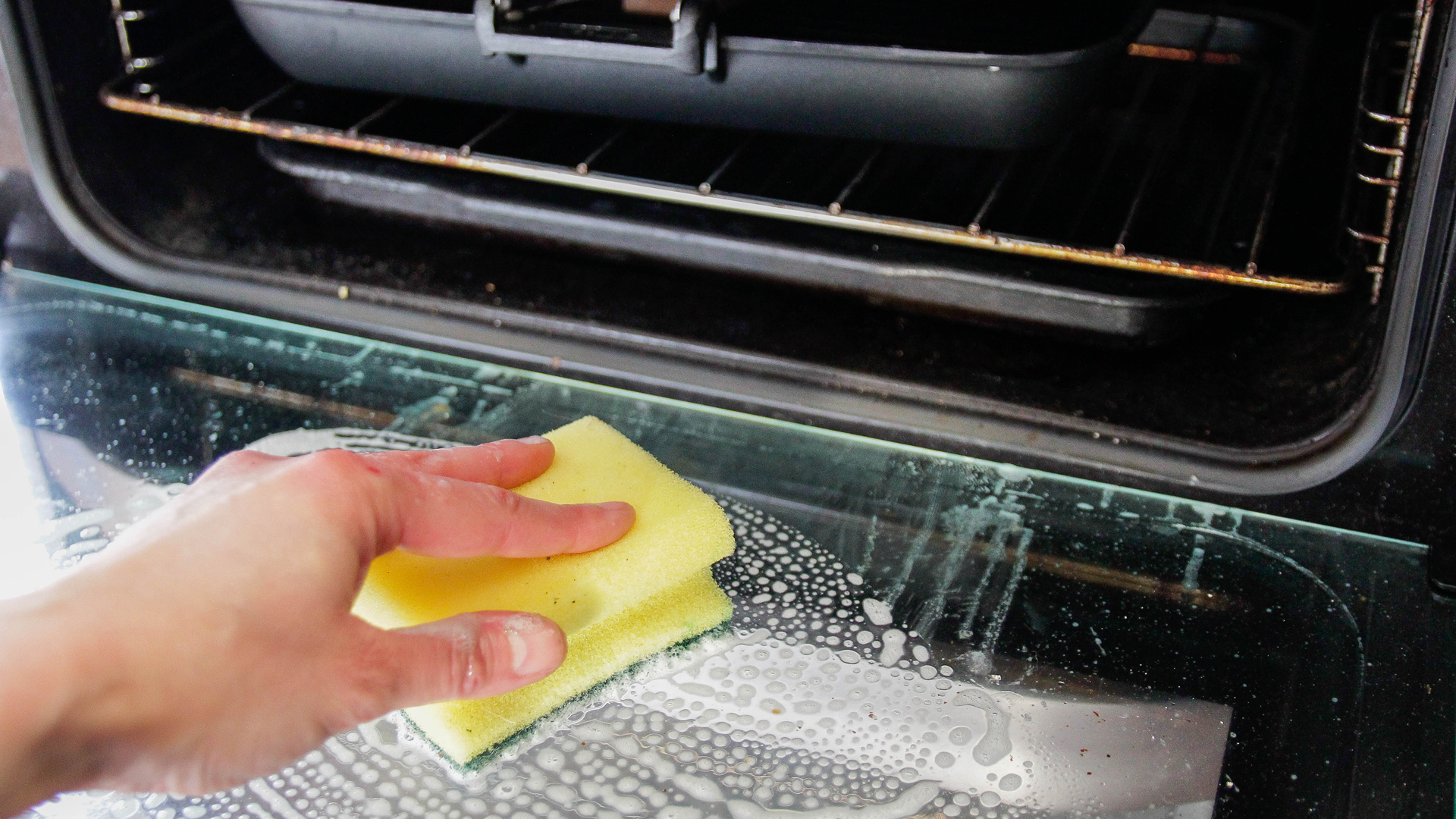
The trade-off with this method, however, is of course the close contact with chemicals that help to clean your oven. If you are sensitive to chemicals, it's worth noting that oven cleaners might not be the best option for you.
If you do opt to clean your oven with an oven cleaner, make sure to read the cleaning instructions printed on the packaging and wear protective gear such as rubber gloves and goggles, to protect your skin from any contact and your eyes from the fumes. Thanks to the new formulas, there are fewer toxic chemicals to contend with – but it's always best to stay protected to save skin irritation.
However, there’s no doubt that knowing how to clean an oven with a store-bought-purpose cleaner is one of the best options for a gleaming appliance. Just be sure to follow the care instructions and rinse thoroughly to avoid any cross-contamination when you resume cooking.
Alternatively, you can use natural oven cleaning solutions if you would prefer to avoid chemicals altogether. See below for how to use baking soda and vinegar to clean your kitchen appliance.
5. Scrub oven racks separately
Your oven racks can be cleaned using the same method you use on the oven itself but should be cleaned in a sink or outside, so you don’t have to deal with anything dripping onto the oven or kitchen floor. To get into the gaps sufficiently, try using a toothbrush to make scrubbing easier.
6. Clean the outside and surrounding area
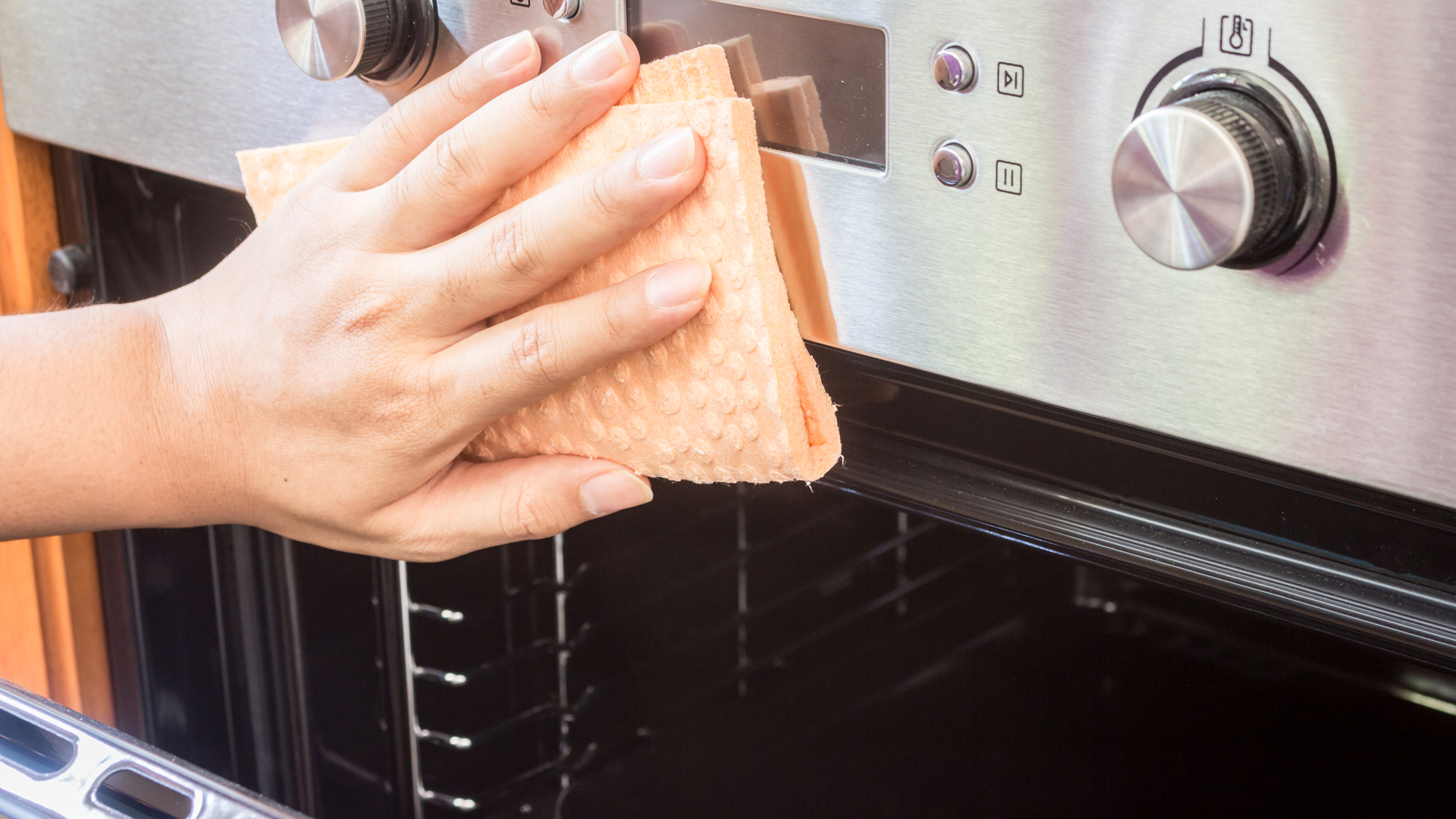
Similar to how you clean your fridge, it's important to reach the smaller compartments. "Pay attention to the nooks and crannies. Many horrors hide in the gaps between the oven and the wall or the oven and the cabinets," says Yordan.
"We usually thoroughly clean inside the oven, but we often forget about these small gaps. They fill with crumbs and food over time and attract all kinds of pests. An excellent trick to clean these spaces without moving the appliance is to wrap a kitchen knife with a damp washcloth and gently rub it inside the crack. Keep the angle of the blade up so that the dirt won’t fall to the floor."
Once you are happy that all is thoroughly clean, simply wipe down the outside of the oven, including the door, handles, and control knobs with a damp soapy dishcloth, to remove all evidence of any cleaning products or fingerprint marks.
FAQs
How to clean an oven with baking soda and vinegar
So what is the best option for cleaning an oven if you don't want to use chemicals? Cleaning with baking soda and vinegar, of course! This is one of our favourite, natural ways to give an oven a deep clean.
Using baking soda is also a great trick if you're planning on cleaning the grease off your kitchen cabinets, as its natural foaming quality and acidity can really help to remove stubborn food types.
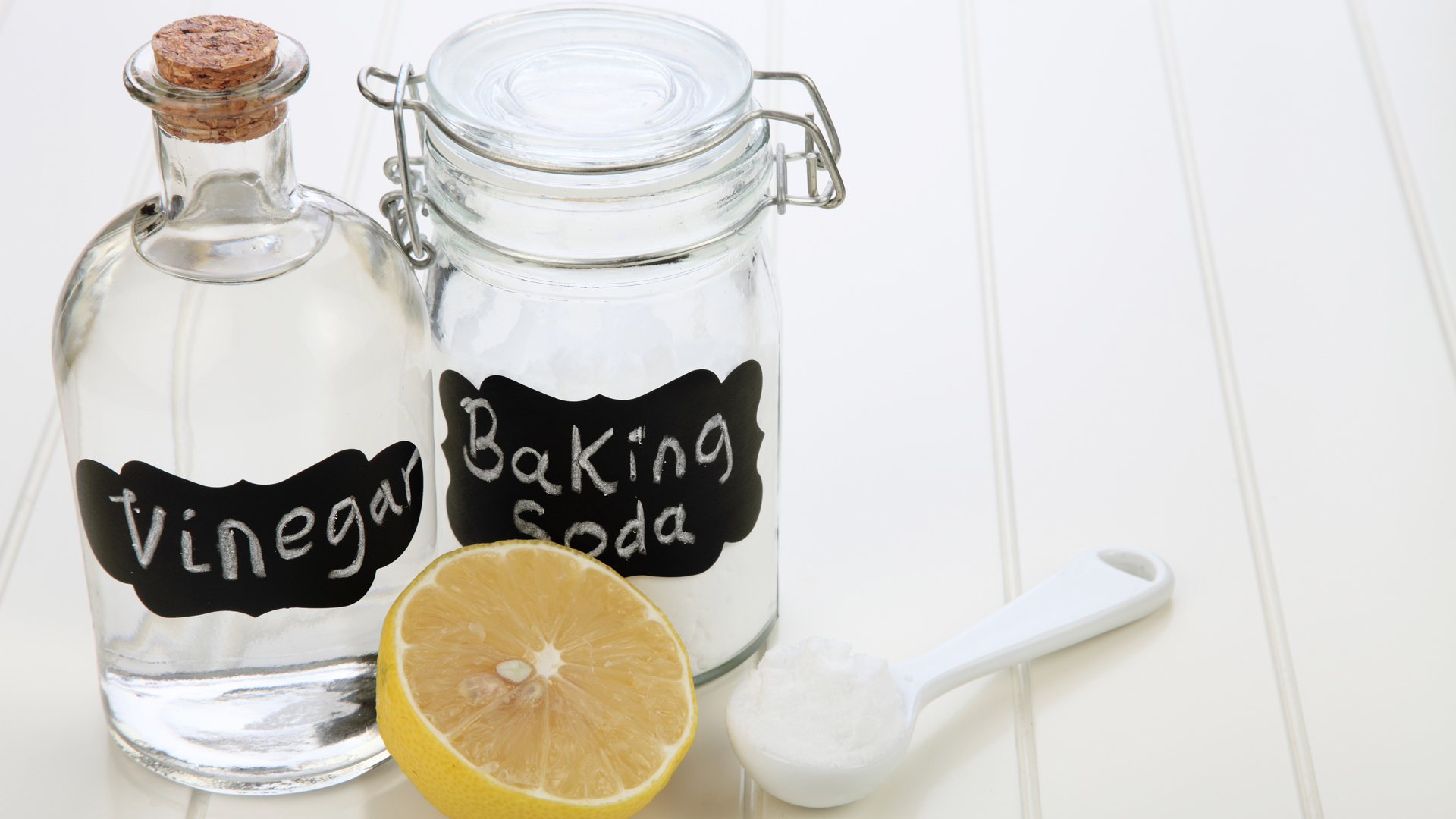
But it’s worth noting that when using baking soda to clean the oven it will take more time than with a chemical cleaner, so just factor that into your cleaning routine – allowing a whole day ideally.
Directions:
- To start, make a paste of baking soda (1/2 cup) and water (2-3 tablespoons). You want a spreadable paste with enough substance to stay put on the slick surfaces of your oven.
- Using rubber gloves, spread that paste all over your oven, taking care to not cover any heating elements or block gas outlets.
- Once you're done, close your oven door and let it sit for around 12 hours. Make sure your dinner doesn’t require the oven!
- In the meantime, sprinkle baking soda over your oven racks and spray them with vinegar. The mixture will foam, loosening build-up.
- After it stops foaming, rinse the racks with hot water and set them to dry.
- After the 12 hours is up, use a damp rag to wipe down the inside of your oven. If there are sections of paste that won’t easily be removed, spray them with vinegar. The solution will foam, and will then be easier to wipe up.
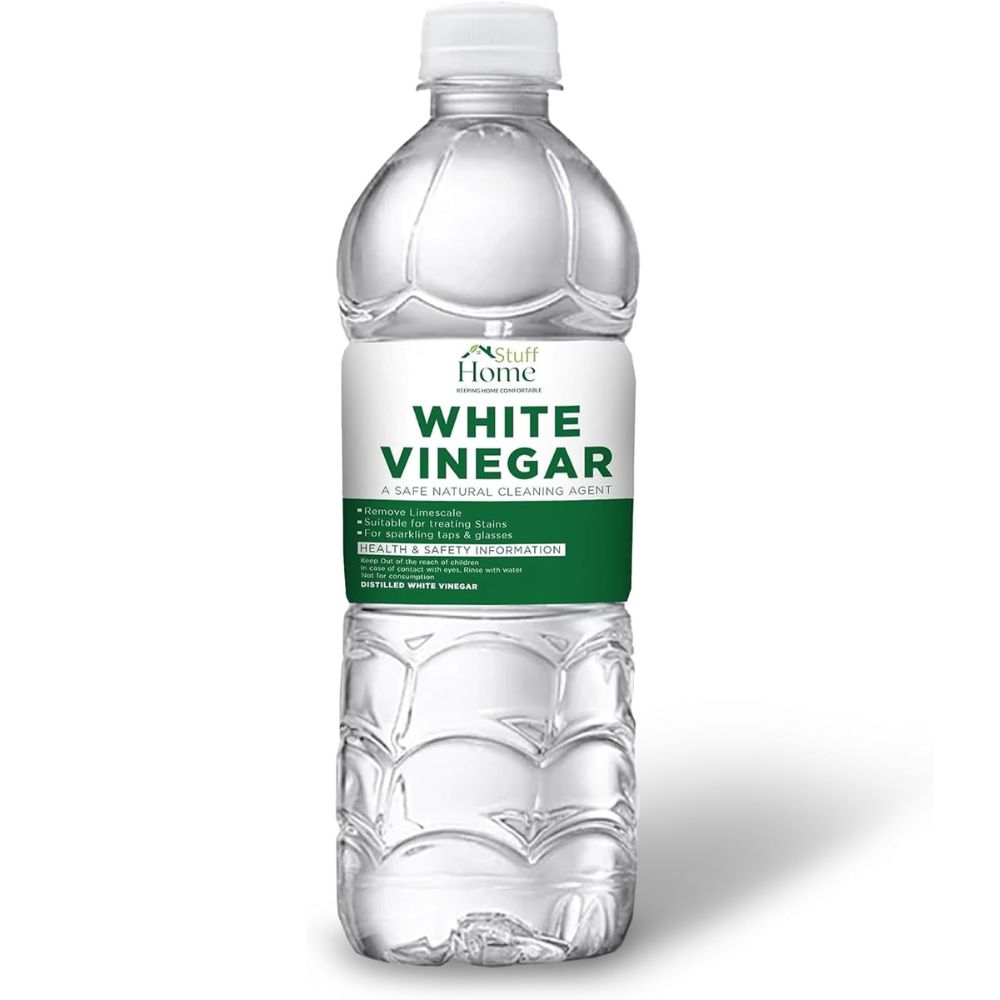
RRP: £5.49 | Another key cleaning product, white vinegar is a brilliant gentle cleaner that will make quick work of breaking down dirt and killing bacteria whilst also being gentle on your oven.
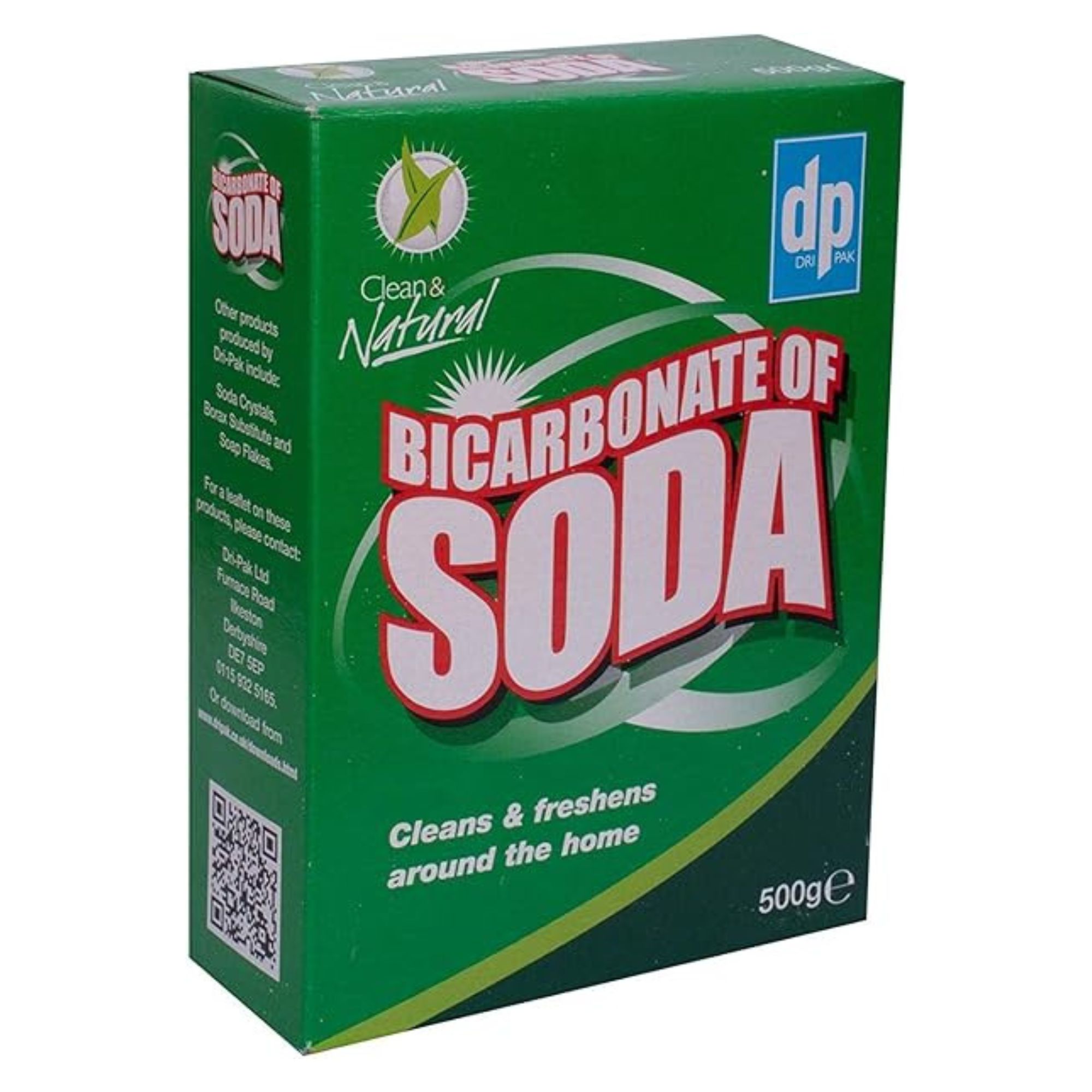
RRP: £2 | There are so many jobs you can use bicarbonate of soda for around your home, scrubbing away your oven grime is only one of them. It's a great deodoriser and stain remover too.
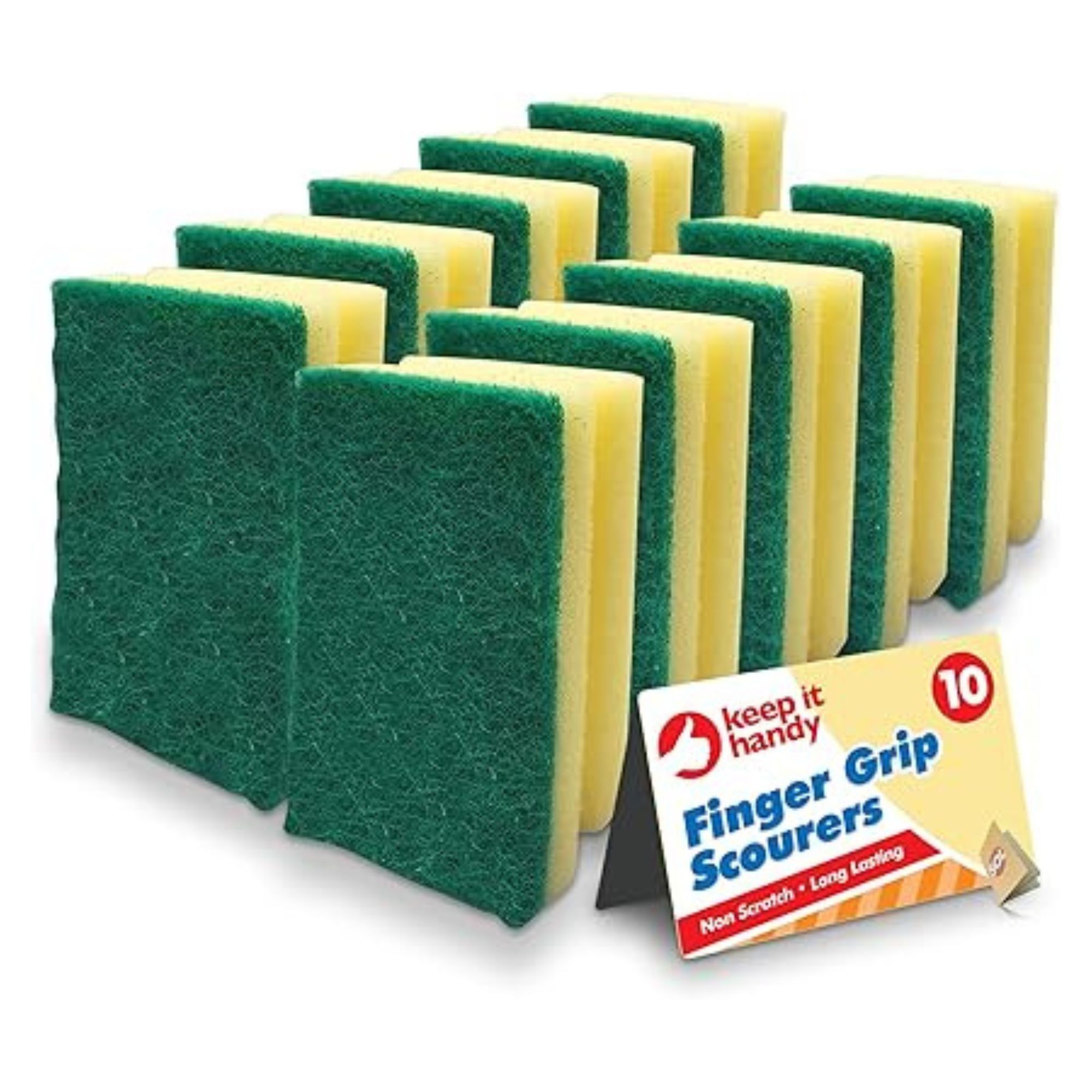
RRP: £6.99 | Not only are these just great to have around, they also help pick up any remainding grime that the baking soda or vinegar didn't lift. They won't damage your oven but they will help you reach those pesky corner
How to steam clean an oven with water and lemons

If you don’t want to use oven cleaner, and you don’t want to wait 12 hours for baking soda to do its work, you can try learning how to clean an oven using lemons. You can use a similar approach to clean a microwave, too.
Be aware that this essential tip for a clean kitchen will likely only be effective if your oven is only moderately dirty so if you need a heavy-duty method, it's probably best for you to try one of the methods above.
Directions:
- Fill an ovenproof bowl or pot with water, and add two lemons to the water, cut in half.
- Place the bowl or pot in the oven preheat it to 250F (121C), and let it sit at that temperature for one hour.
- After an hour, turn off your oven and let it cool slightly.
- While it is still warm (but not too warm to touch) wipe down the inside of your oven with a damp rag. The acid in the lemons will loosen all the dirt for easy removal.
Top tips when cleaning an oven
Now you know how to clean an oven, there are a few important things to bear in mind when it actually comes to doing it:
- Always make sure you have some ventilation when using one of the first three methods – the chemicals and mixtures can be pretty potent, so it's important to ensure you have fresh air circulating as you clean.
- Wear clothes you don't mind getting ruined – because of the very nature of cleaning an oven, you're likely to have your arm quite far into the machine, and so it's likely you'll get something on you, be it food or cleaning solutions. Wear something you would be happy to stain. "You should wear rubber gloves and long-sleeved clothes" suggests Yordan. "You can also wear goggles to protect your eyes from sprays and spills."
- Ventilate the space – "Good ventilation is crucial when working with detergents," Yordan warns. "Open windows to provide fresh air. After you’re done, leave the oven door open for a few hours so the detergent can evaporate."
- Clean when no pets or young children are around – as mentioned, some of these methods contain chemicals so it's best to do them when little ones aren't around, to reduce the risk of anything potentially harmful going in their eyes, nose, or mouth
- Ensure you don't need to use your oven quickly after cleaning – when you've completed your oven cleaning (whichever method you use), you'll likely want to leave it for at least a couple of hours to ensure the smell of the cleaning products has dissipated. Leaving the door open as Yordan suggests will help air the newly cleaned oven. And if you choose the baking soda option, be aware that you won't even be able to use your oven for up to 12 hours.
Another top tip for keeping an oven clean is to use reusable surface liners to prevent a build-up of further grime on the bottom beneath the oven racks. This method of protection is a favorite for professional cleaner Lynsey Crombie, known as TV's Queen of Clean who tells woman&home, "With oven cleaning, I am a big fan of using reusable oven liners that can be washed with ease."
Yordon is also a fan of this effective solution. "Many people use aluminium foil, which is not a good solution – use oven liners instead," he advises. "If you want to protect the inside of your oven, you can quickly get oven liners or an oven mat made of fibreglass in every home improvement store or on Amazon. They provide better heat resistance and protection."
"Don’t use aluminium foil to protect the oven floor" he warns. "Many homeowners have the habit of lining the oven floor and sometimes the walls with aluminium foil to protect them from spills while cooking. But it’s not such a good practice because aluminium foil reflects and blocks heat in gas and electric ovens."
How often should I clean my oven?
Like most kitchen appliances (such as the best food processors and the best blenders), how often you clean your oven depends on how often you use it. However, most households use their oven very regularly – if not on a daily basis. If you use yours more than a couple of times a week, the general rule of thumb is that you should be looking to deep-clean your oven once a month.
Lynsey explains, "I always advise people to wipe over with a warm soapy cloth after every use and then do a deep clean with the shelves once a month."
Leave it any longer than this and it will become more difficult to scrub off caked-on dirt which hardens over time. Similar to how often you wash your towels, the hygiene aspect makes it important to clean your oven more regularly, especially if you use it every single day.
But luckily, cleaning your oven is not a hard task now you know how, and every three months only actually means cleaning it four times a year – which doesn't sound so bad. So pop the date in your calendar and be prepared to get scrubbing.
Once you've tackled the clean you can now work to make your kitchen cosy and inviting. Whether or not you love cooking up a storm, making your kitchen feel more relaxing can create a much happier environment for both you and your guests to enjoy.







